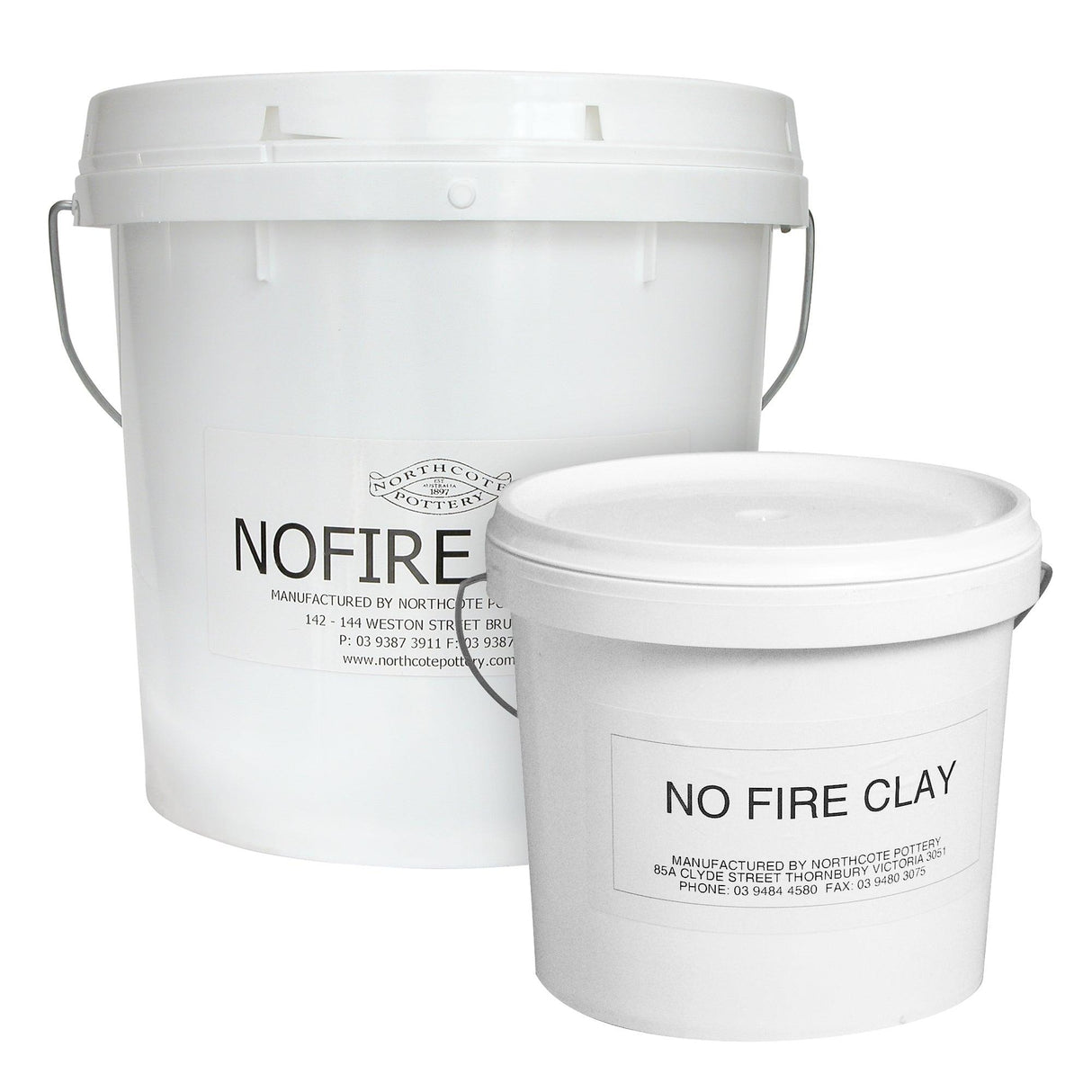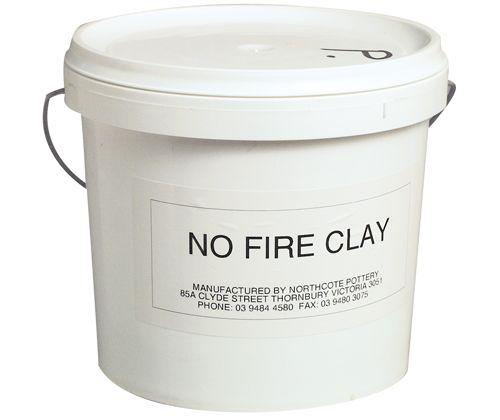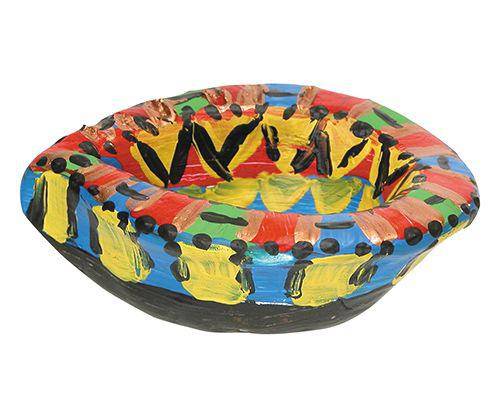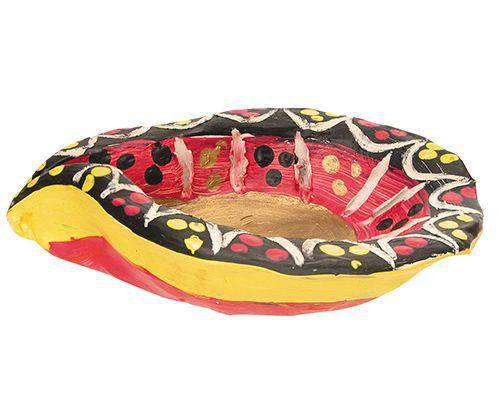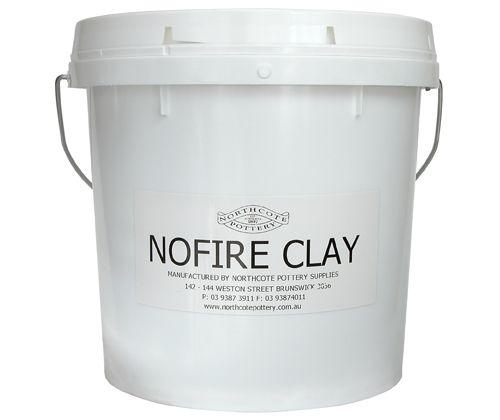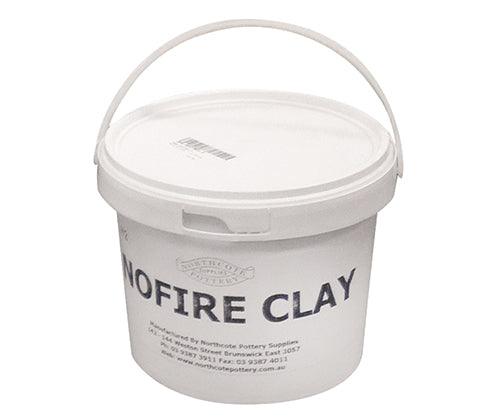No Fire Clay (Sunclay)
Earn [points_amount] when you buy this item.
No Fire Clay (or Sunclay) is a soft and pliable modelling clay which air dries, it is non toxic, made from natural materials and manipulates as a natural clay with water and tools. As with clay, the No Fire Clay must be worked with water, keeping the clay moist. The easiest and cleanest way to do this is to have pieces of foam rubber saturated with water on the work table. If the clay shows any signs of cracking when being worked, just moisten fingers and work the moisture back into the clay. To join clay shapes together, each surface of the clay must be scored, wiped with slip (clay and water paste with a drop of PVA), pressed and the edges smoothed together with a modelling tool. A small coil of clay needs to be added into crevices or cracks caused by joining these shapes. No Fire Clay will keep in the plastic airtight bucket it is packed in, make sure the lid is securely replaced when not in use. A quick tap around the rim of the lid with a hammer does the job. Place the used No Fire Clay in an empty airtight container, not back with the unused No Fire Clay.
It will take approximately one week to ten days to dry in room temperature. When dry it can be painted with Chromacryl or Vipond.
No Fire Clay is ideal for schools without a kiln, but I do suggest that normal clay is used first to teach the skills of clay modelling and that the No Fire Clay is used for the end product only.
No Fire clay has a soft, smooth consistency which makes it easy to handle and simple to use.
The clay bonds to itself with a little pressure, making very little effort of joining.
No Fire Clay (Sunclay) - 2.2L is out of stock.
Couldn't load pickup availability
Additional Information
Additional Information
Specifications (MLZ711)
Specifications (MLZ711)
-
Catalogue Page Number

